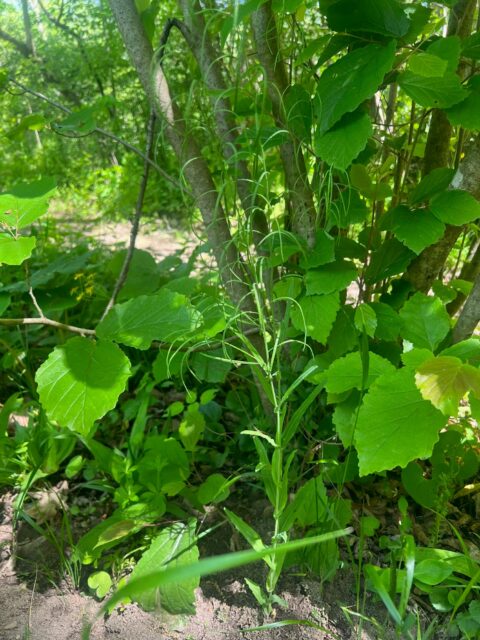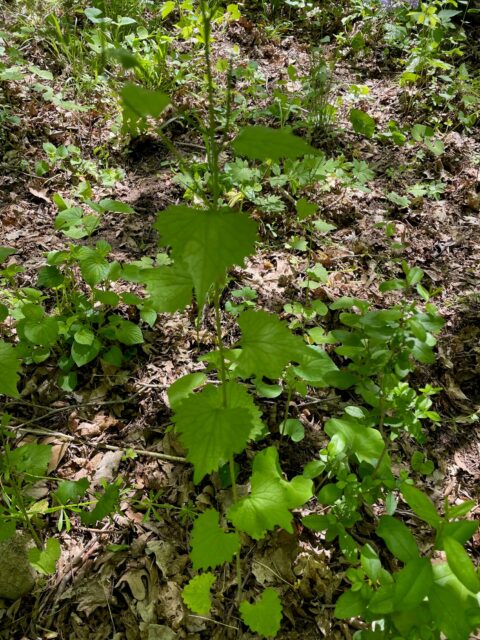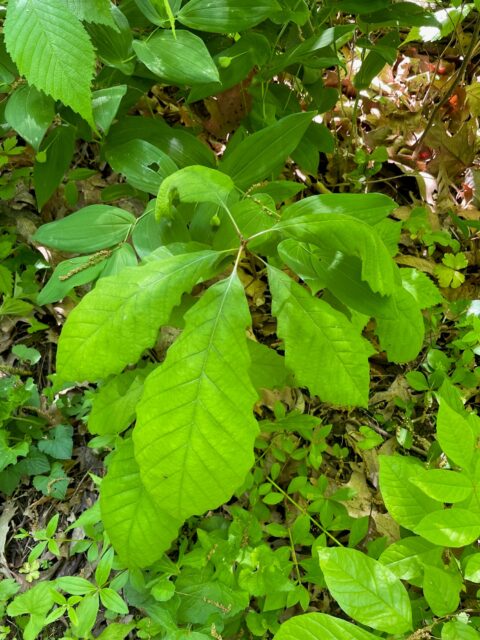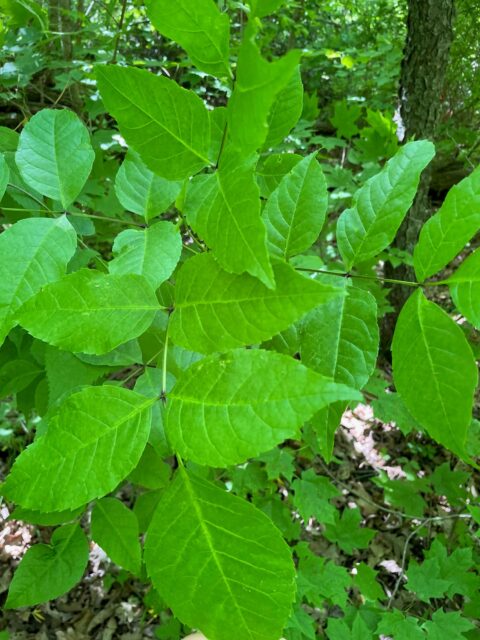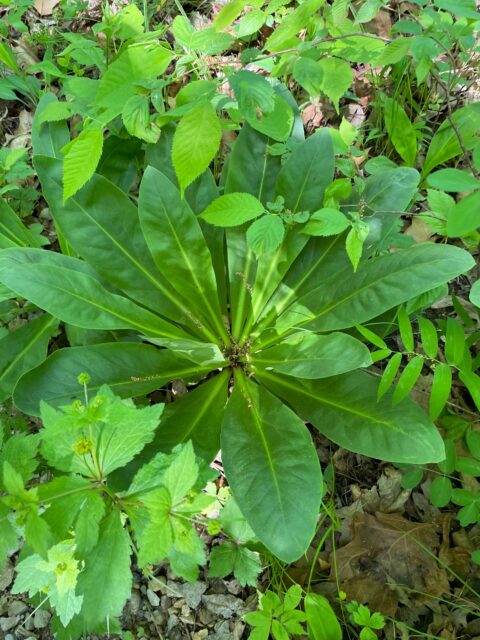Calcareous Soils and Battelle Darby Metropark
Battelle Darby Creek is located southwest of Columbus, in a portion of the state that was once glaciated. A couple hundred thousand years ago glaciers plowed through the western portion of the state, uncovering a layer of limestone normally hidden under other geology. As you can see below, the only region of the state not affected was the southeastern section. The western portion of the state is now made up mostly of calcareous, magnesium-rich limestone, while the eastern portion remains with erosion resistant sandstone. While the glaciers flattened the west, the sandstone dominant east, allows for weathering to slowly shape the land into many valleys and hills.
Originally, sandstone laid above shale, then limestone in an arc shape cresting in the northeast and ending in the southwest corner of the state. The Teays river flowed f0r about 200 million years where it and its tributaries eroded the land, until it was restricted by the glaciers of the Pleistocene ice age. The steep sandstone hills of the east halted these glaciers, causing the geologic divide the state has today. The leftover sediment, or glacial till left by the glaciers gives the western portion of the state a high abundance of lime and clay, while the eastern portion of the state only has these minerals near its margins with the west but does have an abundance of sand and gravel.
Nowadays, the western portion of the state has poorly draining, compacted soils, with high concentrations of clay, lime, and nutrients for plants. Alternatively, the eastern portion of the state possesses well-draining, acidic soils offering the preffered conditions for other plant species. Of these regions, species like redbud, red-cedar, hackberry, blue ash, and chinquapin oak prefer the lime-rich western regions of the state. Other species that enjoy the high in lime and clay soils of the western portion of the state include sugar maple, beech, shagbark hickory, red oak, and white ash. Finally, the species which tend to exist in the eastern acidic reaches of the state include chestnut oak, sourwood, pitch pine, scrub pine, and hemlock. The sweet buckeye certainly prefers the southeastern soils due to their lack of lime and possibly its climate, while the hemlock stays in the east due to the cooler wetter climate and less because of the limey soil. The rhododendrons of southern Ohio likely persist in this region due to the ancient Teays river. Once found in around other stretches of the state, the glaciers ended up cutting off small populations from their home range, leaving what trees are left today.
As you can see from this map Batelle Darby Creek is situated in a glaciated portion of the state.
Invasive Species
Being situated in close proximity to the Columbus metropolitan area, Batelle Darby Creek has its fair share of human influence leading to it containing some invasive species.
Sicklepod
Senna obtusifolia is a smaller weed of the Fabaceae family uncommon in Ohio. While it hasn’t spread as much as other invasive species, the introduction of sicklepod could cause economic or ecological problems in the future.
Garlic Mustard
Alliaria petiolata is an invasive species that is actually edible when consumed at younger ages. It was originally introduced from Europe in the 1800s, and outcompetes native species by growing earlier in the year, blocking them from obtaining sunlight. While an invasive, these plants are fairly easy to uproot by hand in order to stop their spread.
Native VS Invasive Honey Suckle
Trumpet Honey Suckle
A native species, Lonicera sempervirens is an uncommon vining plant in Ohio. Apart of the family Caprifoliaceae, this species is related to the highly invasive species Amur honey suckle that has made its way to almost every nook and cranny in the state. This species on the other hand, is rarely seen, and is better suited for the warm climate of the southern US.
Amur Honey Suckle
The bane of many forest managers existences, Lonicera maackii can be found all over the state due to birds eating and dispersing its bright red fruit. Its opposite branching supports white flowers which can be seen all over the side of the road in the spring. This species can make the forest difficult to traverse due to its uncontrollable vigorous growth in the understory. Unlike the native trumpet honeysuckle, their leaves are much pointier, and flowers are less clustered.
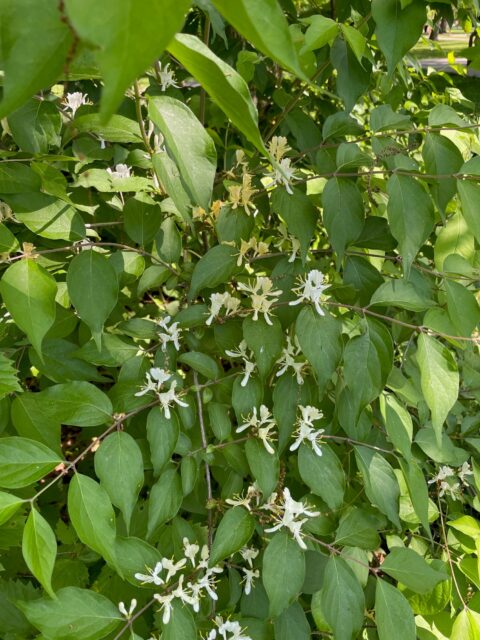
I know the plant itself isn’t evil, but if I could press a button and delete it from the state I would.
Calcareous Species of Batelle Darby Creek
These guys prefer growing in the limier portions of the state.
Hackberry
While seen across the state, Celtis occidentalis thrive in soils with high concentrations of limestone, like the western portion of Ohio.
Chinkapin Oak
Quercus muehlenbergii love drier sites like the tops of ridges and bluffs. Similar in appearance to chestnut oak, chinkapins will have 8-13 pairs of sharper teeth.
Blue Ash
With the difficulties of ash species identification, Fraxinus quadrangulata makes it easy. While they do not share the same habitat as black and green ashes, they do with the white ash. Their not deeply notched bud scars, always toothed leaves, and unique squared stems give plenty of giveaways when it comes to their identification.
American Columbo
Our final species today, Fraser caroliniensis looks like a plant you would find sitting in the greenhouse at Lowes. The species only flowers one time in its entire life, but when it does it can reach 6 feet tall!

